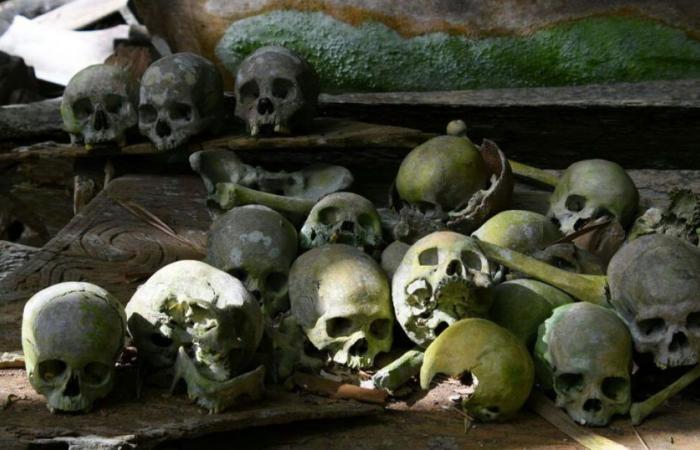Smallpox lesions were detected on the bones of two young children buried in the 16th century in a cemetery in northern Peru. A discovery which tells how the disease imported by the Spanish colonists decimated a large part of the Inca population.
In Huanchaco, northern Peru, a small team of American bioarchaeologists and anthropologists spotted smallpox marks on the skeletons of two Inca children. These latter, aged between 1 and 2 yearshad been resting for approximately the year 1540 in the town cemetery, adjacent to a Spanish colonial church.
“The cemetery around the Iglesia de Huanchaco contains burials from the end of the Chimu-Inka period and the beginning of the colonial period”indicate the scientists in their article published in International Journal of Paleopathology.
For their study, they analyzed “human remains extremely well preserved”. Their work shows that these present “multiple skeletal injuries”suggesting “a very consistent diagnosis of variola osteomyelitis”an infection triggered by the smallpox virus.
“In infants and children, variola osteomyelitis can begin weeks after the onset of infection”they specify.
71% of the northern Incas died
The discovery is interesting because the date of death of the children matches the arrival of the settlers Spanish and their diseases in the region. Conquistador Francisco Pizarro and his soldiers were around Huanchaco in early 1533 and founded the Spanish town of Trujillo in late 1534, the authors report.
Quickly, smallpox has decimated a majority of the local Incas, who had never encountered this viral infection. “The north coast has lost 71% of its population total between 1570 and 1620; it was the highest depopulation in Peru.”
Discovery “seems to confirm that during the colonial period early (1532-1600), there was a smallpox epidemic in Huanchaco”.
The two children were buried with Christian crosses made of reed, “which indicates that they were baptized voluntarily or perhaps forcibly and converted to the new religion introduced by the Spanish in the 16th century in South America”.
Finding other cases of smallpox from this era could provide a better understanding of the end of the Incas. HAS LiveSciencelead author Khrystyne Tschinkel, a bioarchaeologist at Hamline University in Minnesota, said: “If we start to identify more of these cases, we can start to better understand how diseases spread and or The epidemics occurred at the beginning of the colonial period.”
You may also be interested in:
How to clearly distinguish the Mayans from the Aztecs and the Incas?
While searching for Inca gold, Hiram Bingham finds Machu Picchu
Why was Machu Picchu abandoned?
Did the Incas have writing?






